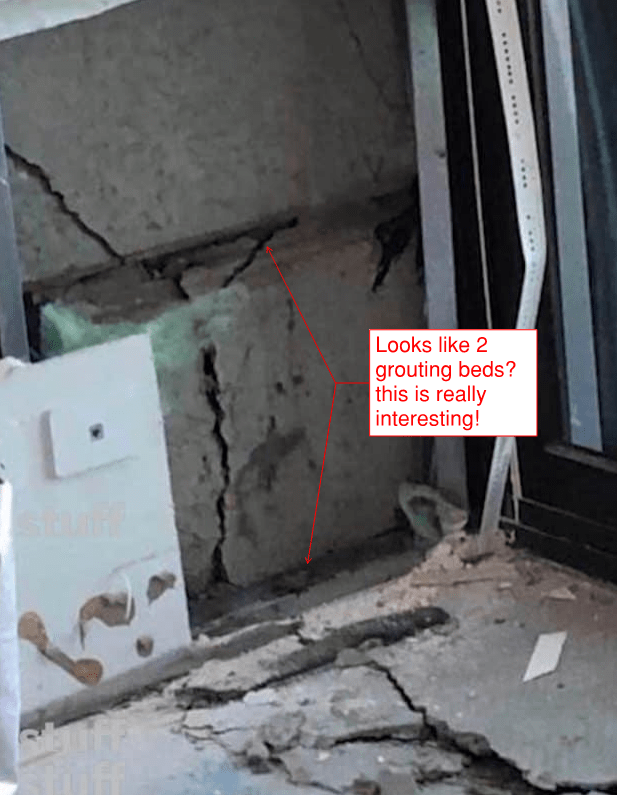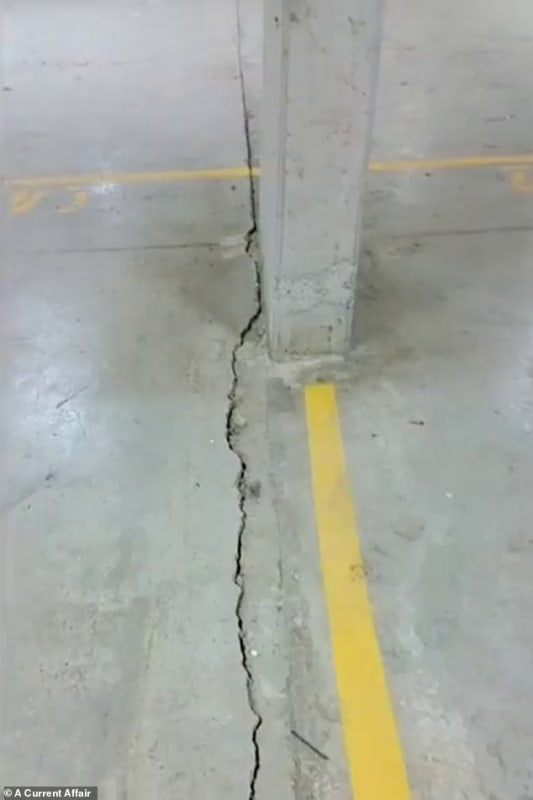Hokie66, I'd expect if it was predominantly due to the slab shrinkage (etc) that the damage would possibly be more localised at slab level and/or more cracking in the slabs? I have no doubt that it could contribute, but there didn't seem to be any slab damage at many locations, just wall damage including cracks going further up the walls. It could be that there was more slab damage, but on the basis of the pixelated photos its a bit hard to tell too much detail!
I guess at this stage we have more info (basically the photos, report didn't say too much apart from the reference/inference that the failure seems to stem from design issues). But as I see it we still don't have any concrete conclusions from the authors as I read it. I really hope the final report goes into a bit more technical detail, outlining loads, capacity, etc.
Regarding the "checked by an independent engineer" bit, checking the design is not part of their scope based on the outline in the report of the scope as I read it to.
Definitely it should be checked, but not only the remedial work, the whole thing should be checked and anything additional thats found should be addressed. During my peer review work often uncovering reasonably serious issues/omissions, I can tell you sometimes it didn't give you a lot of confidence that the people or persons that were capable of making these errors were the ones who basically had to determine and design the remedial design (at least in many situations you can lead them by the nose to something you could accept that would comply). Also, where there is one mistake, dig a little deeper and you often uncover more issues!
Interestingly on WSP's website they have been saying its been deemed structurally sound since 1st January, at least someone has confidence in their own design.
Link




